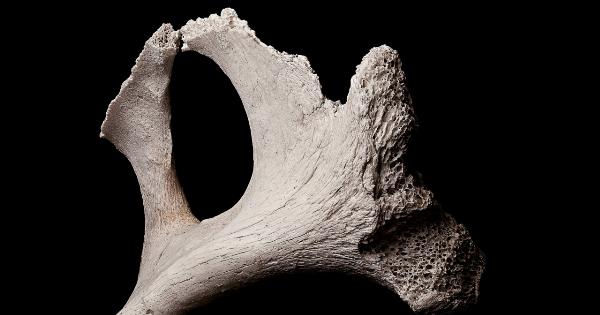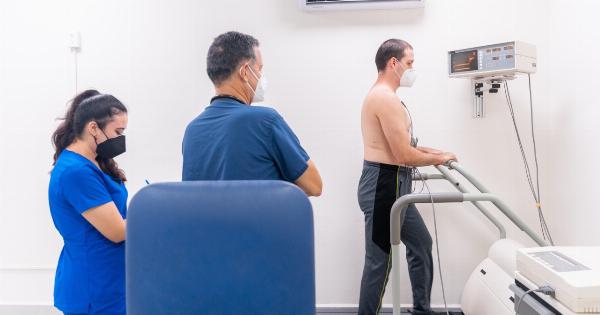Cardiac arrest is one of the leading causes of death globally, causing around 17 million deaths each year. It occurs when the heart suddenly stops pumping due to an electrical malfunction in the heart.
When a person experiences a cardiac arrest, immediate medical attention is required to revive the person back to life.
This content focuses on the case of a 65-year-old cardiac arrest patient and how the Emergency Medical Services (EMS) team in Stockholm known as EKAB revived the patient.
What is EKAB?
Emergency Medical Services or EMS provide emergency medical care to patients who are critically ill and require immediate medical attention. One such organization that provides EMS in Stockholm is EKAB.
EKAB is a part of the County Council of Stockholm and is responsible for providing ambulance services in the region.
The organization has a team of well-trained and experienced medical professionals who are equipped with the latest medical equipment to provide timely and effective care to patients.
The Case of the 65-Year-Old Cardiac Arrest Patient
The patient in question was a 65-year-old male who had a history of hypertension and was on medication for the same. He suddenly collapsed at home and his family members immediately called the EKAB EMS team.
The EMS team arrived within a few minutes of the call and found the patient unresponsive and not breathing.
The EMS team immediately started resuscitation efforts, which included performing cardiopulmonary resuscitation (CPR) and administering an electric shock to the patient using a defibrillator.
They also started intravenous (IV) medication to stabilize the patient’s blood pressure.
The EMS team continued the resuscitation efforts for around 20 minutes and were finally able to get the patient’s heart to start beating again. The patient was then transported to the nearest hospital where he was admitted for further treatment.
The Importance of Early CPR and Defibrillation
Cardiac arrest is a time-sensitive medical emergency, and immediate resuscitation efforts are critical to save the patient’s life.
The first few minutes after a cardiac arrest are crucial, and early CPR and defibrillation can significantly improve the chances of survival.
CPR is a vital life-saving technique that involves chest compressions to keep the blood circulating throughout the body until medical help arrives.
CPR can maintain some blood flow to the brain and other vital organs, which can buy some time until advanced medical care is available.
Defibrillation is another critical component of cardiac arrest management. Defibrillation involves delivering an electric shock to the heart to restore its normal rhythm.
This technique can be life-saving and can improve the chances of survival in patients with cardiac arrest.
The Role of EMS
The EMS team plays a crucial role in the management of cardiac arrest patients. The team is responsible for providing timely and effective medical care to patients in the field and transporting them to the nearest hospital for further treatment.
The EMS team is equipped with the latest medical equipment, including defibrillators, IV medications, and airway management tools, to provide advanced medical care to patients.
The team consists of well-trained and experienced medical professionals who are capable of making quick, informed decisions in critical situations.
Recovery and Rehabilitation
After the patient is successfully resuscitated, the next step is to provide appropriate care and support for recovery and rehabilitation. The patient may require further medical treatment and close monitoring to ensure that there are no complications.
The patient may also need rehabilitation services, which can include physical therapy, occupational therapy, and speech therapy, depending on the severity of the cardiac arrest and the patient’s overall health status.
Conclusion
Cardiac arrest is a medical emergency that requires immediate medical attention.
EKAB is a well-established EMS provider in Stockholm that is equipped with advanced medical equipment and experienced medical professionals to provide timely and effective care to patients.
The case of the 65-year-old cardiac arrest patient illustrates the importance of early CPR and defibrillation and the critical role played by the EMS team in saving the patient’s life.





























